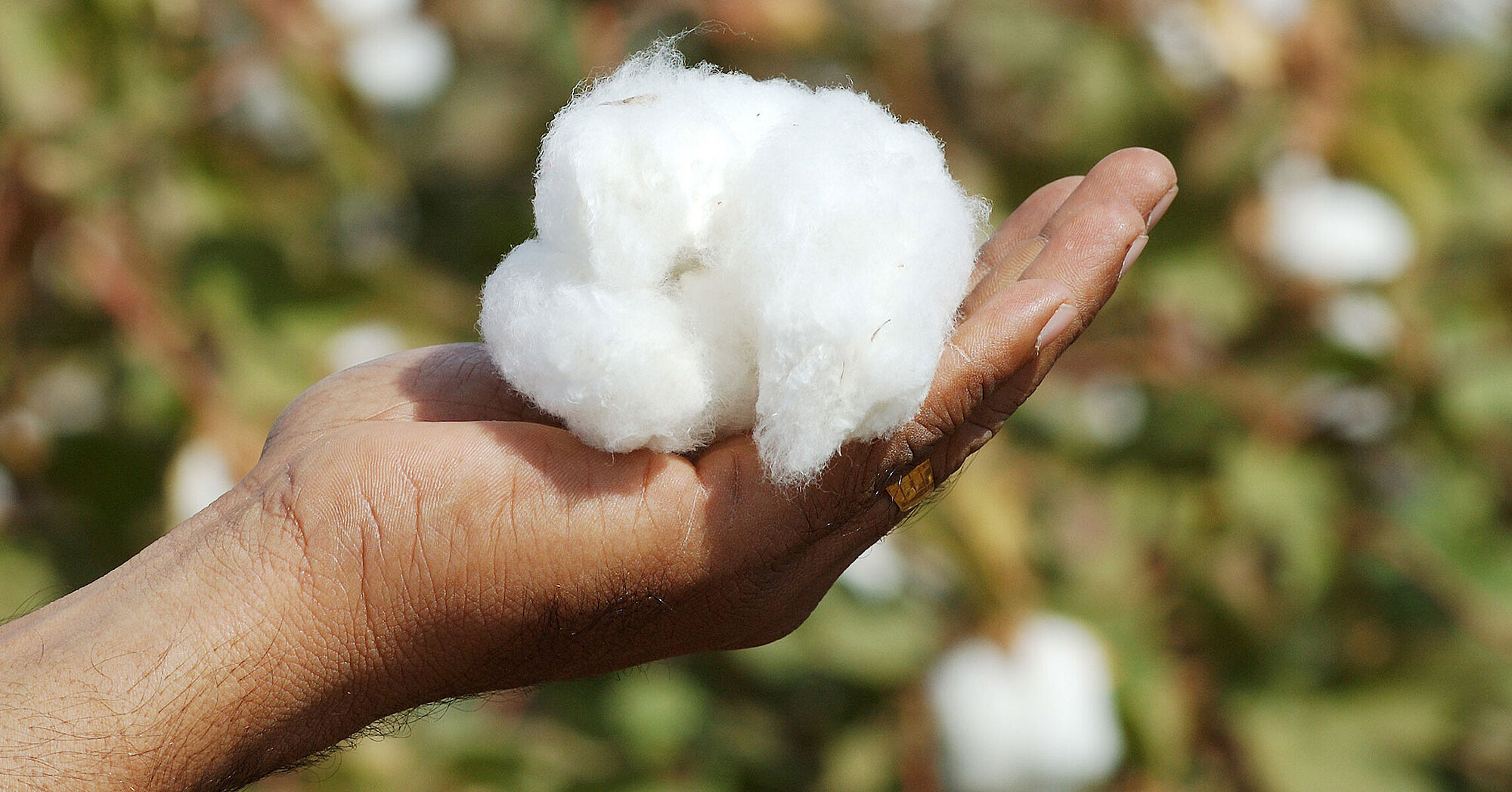Cotton, often hailed as the "fabric of our lives," has been a staple in the textile industry for centuries. Its softness, breathability, and versatility have made it a popular choice for clothing, bedding, and various other products. However, beneath its seemingly flawless reputation, cotton does have its drawbacks. In this article, we will delve into three significant disadvantages of cotton that are often overlooked.
- Environmental Impact:
Cotton production is notorious for its detrimental effects on the environment. One of the primary concerns is its heavy water consumption. According to studies, it takes approximately 2,700 liters of water to produce a single cotton t-shirt. This excessive water usage puts a strain on freshwater resources, especially in regions already facing water scarcity.
Furthermore, cotton farming heavily relies on pesticides and insecticides, contributing to soil degradation and water pollution. These chemicals not only harm the environment but also pose health risks to farmers and nearby communities. The extensive use of synthetic fertilizers in cotton cultivation also contributes to greenhouse gas emissions, exacerbating climate change.
- Labor and Social Issues:
Another significant disadvantage of cotton lies in the labor and social issues associated with its production. Cotton is predominantly grown in developing countries, where labor regulations may be lax or poorly enforced. This often leads to exploitative working conditions, child labor, and unfair wages for cotton farmers and workers.
Moreover, the cotton industry has been linked to forced labor and human rights abuses, particularly in countries with weak governance and oversight. The complex supply chains make it difficult to trace the origin of cotton, making it challenging for companies and consumers to ensure ethical sourcing practices.
- Allergenic and Irritant Properties:
While cotton is generally considered hypoallergenic, it can still cause allergic reactions and skin irritations in some individuals. The natural fibers of cotton can trap moisture, creating a breeding ground for bacteria and fungi, which may lead to skin infections or exacerbate existing conditions like eczema. Additionally, certain chemical treatments and dyes used in cotton processing can cause allergic reactions in sensitive individuals.
Conclusion:
Despite its popularity, cotton is not without its flaws. Its environmental impact, labor and social issues, and potential allergenic properties are significant disadvantages that should not be overlooked. As consumers, it is crucial to be aware of these drawbacks and consider more sustainable and ethical alternatives when possible. By making informed choices, we can contribute to a more responsible and conscious textile industry.


